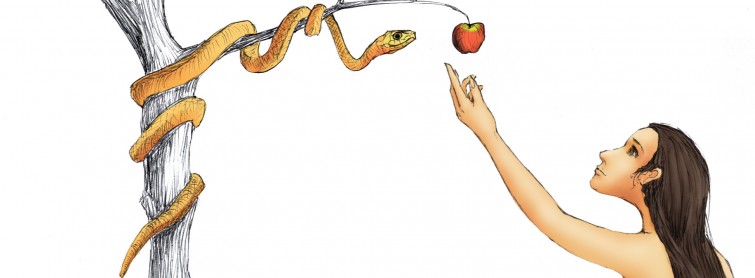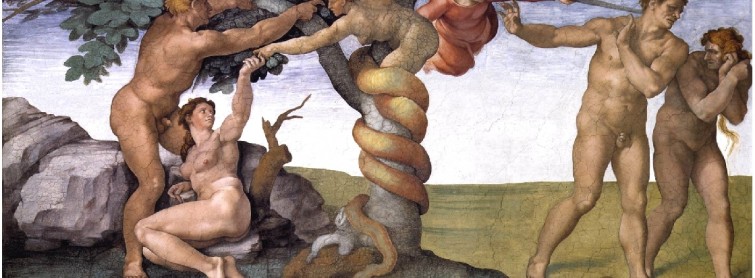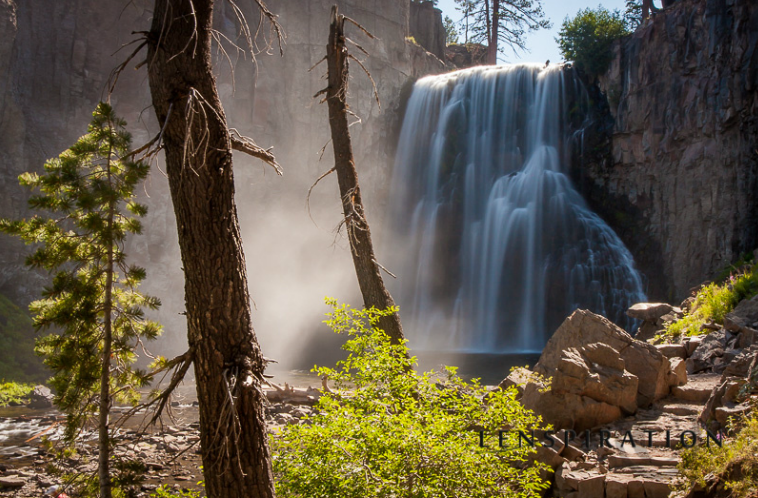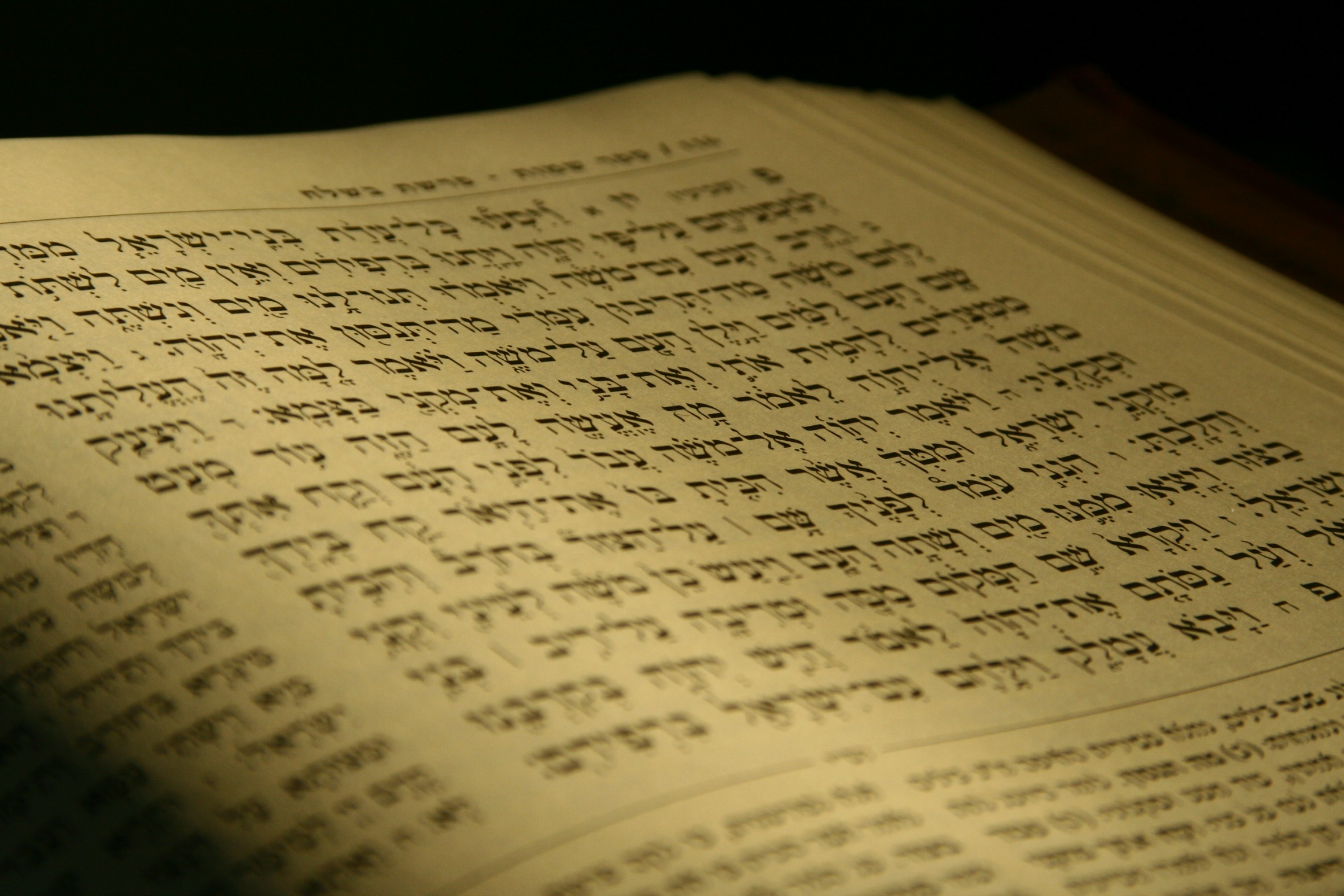Creationists and literal interpreters of the Bible believe that the text of Genesis reveals the history of the earth, from the creation of the universe and humankind through to the Tower of Babel. Those who follow this belief, subscribe to the idea that the events of Genesis were revealed to someone, usually Moses, who passed it down through either written or oral form. Others choose to regard Genesis 1-11 as meaning something other than what it says – suggesting that it is poetry with theological concerns that supersede history, or that it has metaphorical meanings.
How should we interpret Genesis? Does this crucial Old Testament book provide nothing more than a poetic, allegoric story or does it describe the creation of the world and the earliest days of humanity’s life on earth?
What Kind of Literature is Genesis?
Anyone who has spent any time reading and engaging with the bible will know that it contains a wide variety of literature types in both the Old and New Testaments. These include poetry, parables, epistles, proverbs, historical narrative, prophecy and more. The key to interpreting any part of the bible correctly lies in first identifying what kind of literature it is. If we interpret a piece of text metaphorically, but the author intended for it to be read literally, then we misunderstand the meaning. When Jesus said “I am the vine, you are the branches” he did not mean that he was made from plant life, and that we are growing from him, about to sprout leaves. In the same way, if we interpret something that is clearly literal, as somehow allegorical, we will misunderstand, and misrepresent that text.
Genesis 1-11 is often singled out, apart from the rest of Genesis because it is a very specific type of literature. Its composition is extremely poetic and structured, leaving people to assume that it isn’t historical. Genesis 1-11 is often called ‘Primeval History’ as it presents a pre-history that depicts origins. It is crucial theologically and is steeped in Hebrew poetry and etiology. Because of its poetic nature, proponents of evolution that accept the bible and Genesis will often relegate the texts of Genesis 1-11 as myth or allegory so as not to align it against their belief in evolution.
We are not looking for meanings which are hidden, or hard to understand. We are looking for the straightforward meanings in Genesis 1-11. As well as being poetry it is also story, since it has characters, narration and dramatic events, and there is no reason for us to believe that this story was not based on real events. Elsewhere in the Bible are examples that provide ample support for Genesis to be interpreted as historical narrative.
Let’s take a look.
How Did Old Testament Authors of The Bible Interpret Genesis?
We know from Mosaic Law that creation week in Genesis 1 was important to God. With his own finger, God commanded the Sabbath, for the following reason;
“ For in six days the Lord made heaven and earth, the sea, and all that in them is, and rested the seventh day: wherefore the Lord blessed the sabbath day, and hallowed it.”
If the creation week outlined in Genesis 1 was not a true, historical depiction, then this commandment loses all meaning. If one is to argue, as some do, that each ‘day’ equates to a ‘billion years’ then one would also have to suggest that God commands us to work for six billions years and then rest for one billion years.
Old Testament writers also treat Genesis 1-11 as chapters of literal history. This is particularly evident in the careful genealogies kept, particularly the ones in First Chronicles which provide a series of genealogies that trace back to Adam. The author of Chronicles clearly took the accounts of Genesis as historically accurate. If in fact, Genesis was not a historical account then these genealogies have been fabricated. Psalms also credits God as the creator and even cites events which took place during creation week, and, Isaiah cites God’s promise to Noah, another point which would be rendered meaningless if Genesis 1-11 was simply metaphorical.
How Did New Testament Authors of The Bible Interpret Genesis?
The New Testament is very vocal in its portrayal of Genesis as historically accurate. Every single New Testament author either quotes or alludes to Genesis, and over 60 of those allusions relate to Genesis 1-11. For such a small body of literature, this is a staggering amount.
The New Testament opens with Matthew’s genealogies which show Genesis to be historically accurate. If we are to regard Genesis as ‘myth’ or allegory then we also derail Jesus’ bloodline, and conclude that it was either made up or that he descended from a myth, much like Greek mythological characters such as ‘Zeus’ or ‘Hercules’. Paul in particular built a substantial amount of his theology around doctrines that come up in Genesis 1-11. In Romans and Corinthians, he discusses Jesus as the last Adam, who undid the damaging work of the first Adam, and affirmed that it was Eve who was deceived at the fall, not Adam. For Paul, the events of Genesis were a physical reality that were corrected in Christ, not simply an allegorical story. If Adam was a mythical character whose actions only had allegory for sinfulness, then Christ was not needed to rectify the fall. Only real, tangible people can make real, tangible actions which have universal consequences.
Creation and the fall are also deeply woven into the theology of Romans. Paul teaches that the bondage that affected the world at the fall affected the entire cosmos, and tells us that the entire creation is groaning for redemption.
Other New Testament books also utilise Genesis, reiterating the texts in order to form theologies that address certain issues. Peter based some of his teaching on Genesis 1-11, affirming the global flood that affected Noah and his family, as well as Hebrews which cites Abel, Enoch and Noah as heroes of the faith.
Finally, the bible ends with a depiction of the new creation, which once again draws on the original creation as a historical reality which is to come to fruition again. The Book of Revelation and the New Jerusalem are filled with imagery of Eden including the tree of life and the very real presence of God.
How Did Jesus Interpret Genesis?
The historical authenticity of Genesis mattered deeply to Jesus. He used Genesis language when teaching on marriage, when he discusses Abel as the first prophet, Noah and the flood and more. Nowhere in the New Testament do we find examples of Jesus allegorizing this material, but rather the opposite: Jesus always regard these events as straightforward history. He also predicted that the end of time would come quickly like the days of Noah indicating that he believed that the events of Noah’s history were a reality that would be repeated.
Jesus also expended much time and effort into defending scripture and emphasising the importance of taking scripture seriously. In John he asserted that scripture cannot be broken, and in Luke he reprimanded his disciples for not believing scripture.
We cannot get anything from Jesus other than a strong sense that all of Genesis reveals a historical narrative which should be taken seriously, and at face value.
So….Should Genesis 1-11 be Read as History?
We have to regard the texts of Genesis as historically accurate accounts, because that is how the Old Testament authors, the New Testament authors, and Jesus, regarded them. Though the texts employ beautiful literary motifs, are highly structured and address very specific theological concerns, we have no biblical basis whatsoever for taking them as anything but literal.
Choosing to regard Genesis 1-11 as myth or allegory undermines the text in question and the bible as a whole, as well as the biblical authors and Jesus who regarded them as history. It also robs the rest of the bible of its proper foundation.
If we believe that Jesus came to redeem a real, physical problem that existed in real space and time, then we have to believe that that the problem started in a real garden, with two real people. Believing in these real, historical events also allows us to look forward to the very real renewal which will take place on earth when Christ returns. Any other interpretation undermines this message and God’s redemptive purposes for the world.
The Bible is clear. We must believe Genesis 1-11 is real, literal history because Jesus, Old Testament authors and every New Testament author did. We must also believe because these opening chapters of our bible are foundational to our understanding of the bible as a whole. The gospel is grounded in the literal, historical authenticity of Genesis 1-11.
To honour God’s creation, be sure to sign the petition to establish Creation Day as an official holiday!









